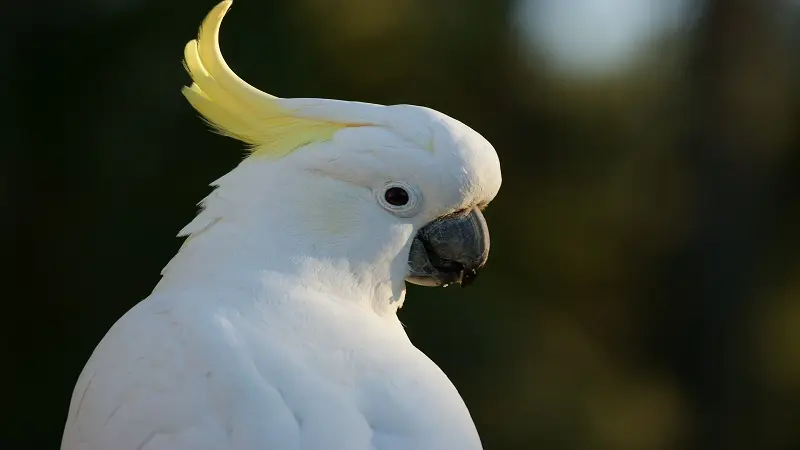Cockatoo behavior varies between species and even individuals, so it is important to know the basics before dealing with one.
DIARIO DEL HUILA, ENVIRONMENT
The complex behavior of cockatoos has been the subject of scientific interest, as they are birds that are characterized by their incredible intelligence. In homes, on the other hand, their exotic appearance and the richness they add to daily life have been appreciated.
If you want to know them a little better, here you have basic information about the most common behavior of cockatoos. In the event that at some point you are lucky enough to deal with a cockatoo, it is important that you know how to socialize with it and respect its space.
Characteristics of cockatoos
Cockatoos (family Cacatuidae) are medium to large-sized birds—between 30 and 60 centimeters long. There are about 21 species and numerous subspecies within this group of birds, although the most common is the sulphurous cockatoo (Cacatua sulphurea).
You may be interested in: Mammals in danger of extinction
These birds are distinguished from other psittacines by the tufts of erectile feathers on their heads, which form a very striking crest. Another distinctive characteristic is its longevity, since some species reach up to 70 years of life.
All cockatoos have a large, curved beak and are tetradactyl animals, that is, they have 4 fingers, 2 of them facing backwards and 2 facing forward. In this way, they can walk on the branches and also on the ground.
Unlike other birds, cockatoos can move the top half of their beak. This provides greater efficiency to your feeding.
The colors of their feathers tend to be a little duller than other psittacine species, moving in the spectrum of white, gray and black. Occasionally, splashes of bright color can be seen in some species, usually on the crest or face.
Cockatoos usually live in forested areas with leafy canopies in much of Asia and Australia. They do not build nests in the branches, but rather prepare the holes in the trees to give birth to their offspring. The young are nest-dwelling and receive parental care from both parents equally.
Cockatoos, although herbivorous, have a very varied diet made up of seeds, berries, fruits and vegetables. They usually go down to the ground in search of the first ones, which are the ones that contain the most fat, but in the presence of predators they can feed on the fruits of the trees perfectly.
Character of cockatoos
The behavior of cockatoos is deeply gregarious, since the number of specimens that form a flock can exceed a hundred. They are monogamous birds that create stable and solid bonds with their partner and these can last a lifetime.
Within the groups, a hierarchy is established between specimens. The highest-ranking cockatoos rest on the highest branches—and furthest from predators—and have preference for eating the juiciest foods.
Although they are affectionate and close, you should not forget that cockatoos have adopted the role of prey animals in ecosystems. Therefore, these birds tend to be skittish and distrustful by nature.
You can read: What is the habitat of rhinoceros beetles like?
Cockatoo Communication
Cockatoos are known for being loud, as much of communication in crowds often requires shouting. These birds emit loud, screeching sounds for a multitude of purposes: to recognize each other, to show their mood and as a warning, among others.
Their great intelligence and sociability make them capable of understanding and displaying complex behaviors, combining body language and vocalizations. Below you have the basic fundamentals of each aspect.
Vocalizations are also relevant to cockatoo behavior.
